Information Systems in Project Management: A Case Study Analysis
VerifiedAdded on 2023/06/08
|12
|815
|53
Case Study
AI Summary
This case study explores the application of information systems within project management, highlighting their role in various processes. It begins with an introduction to information systems and their importance in project development, emphasizing automation, control, and organization. The background section details the tools and techniques used by project managers for information collection, combination, and circulation. The study then delves into project delivery methods like Design-Bid-Build, followed by a discussion of financial contract types, including Cost-Plus Fixed Fee contracts, and procurement methods involving initiation, planning, selection, administration, and closure. Furthermore, it covers risk management plans and quality management plans, offering insights into how projects ensure client quality requirements. The case study concludes by underscoring the ability of information systems to evaluate project performance through comparisons with project plans, budgets, and schedules. The assignment references several key sources to support its analysis.
1 out of 12
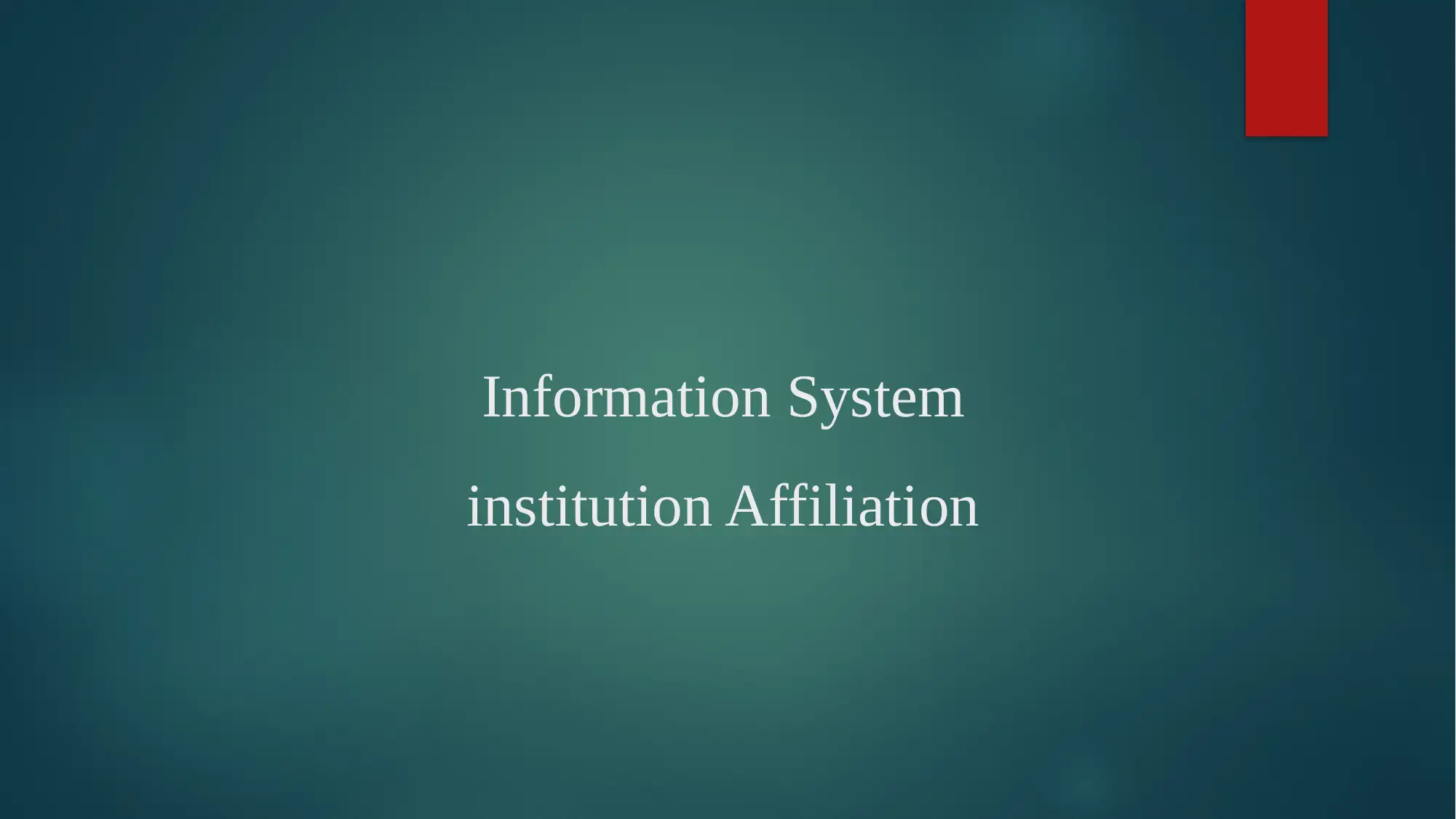
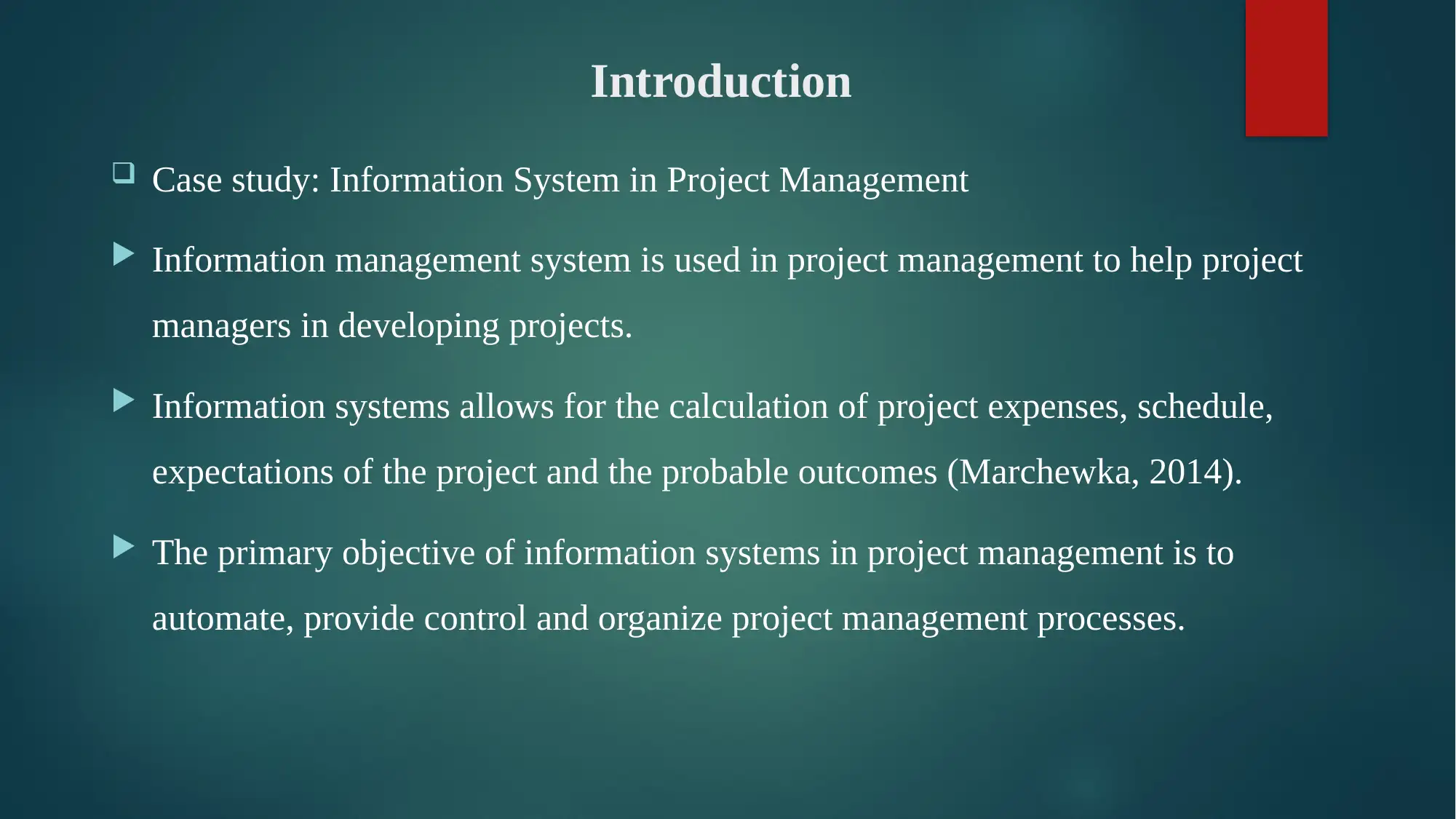
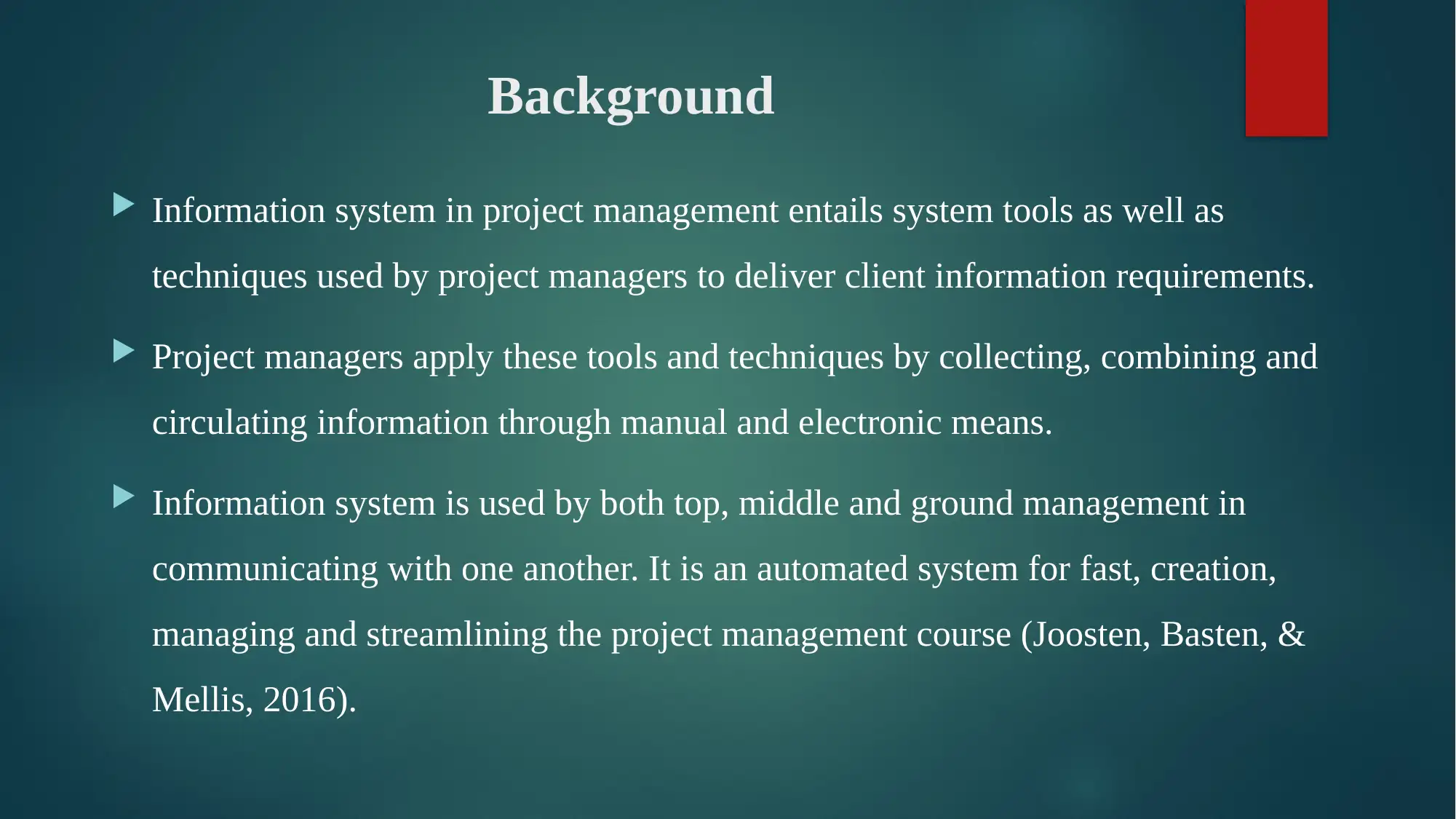

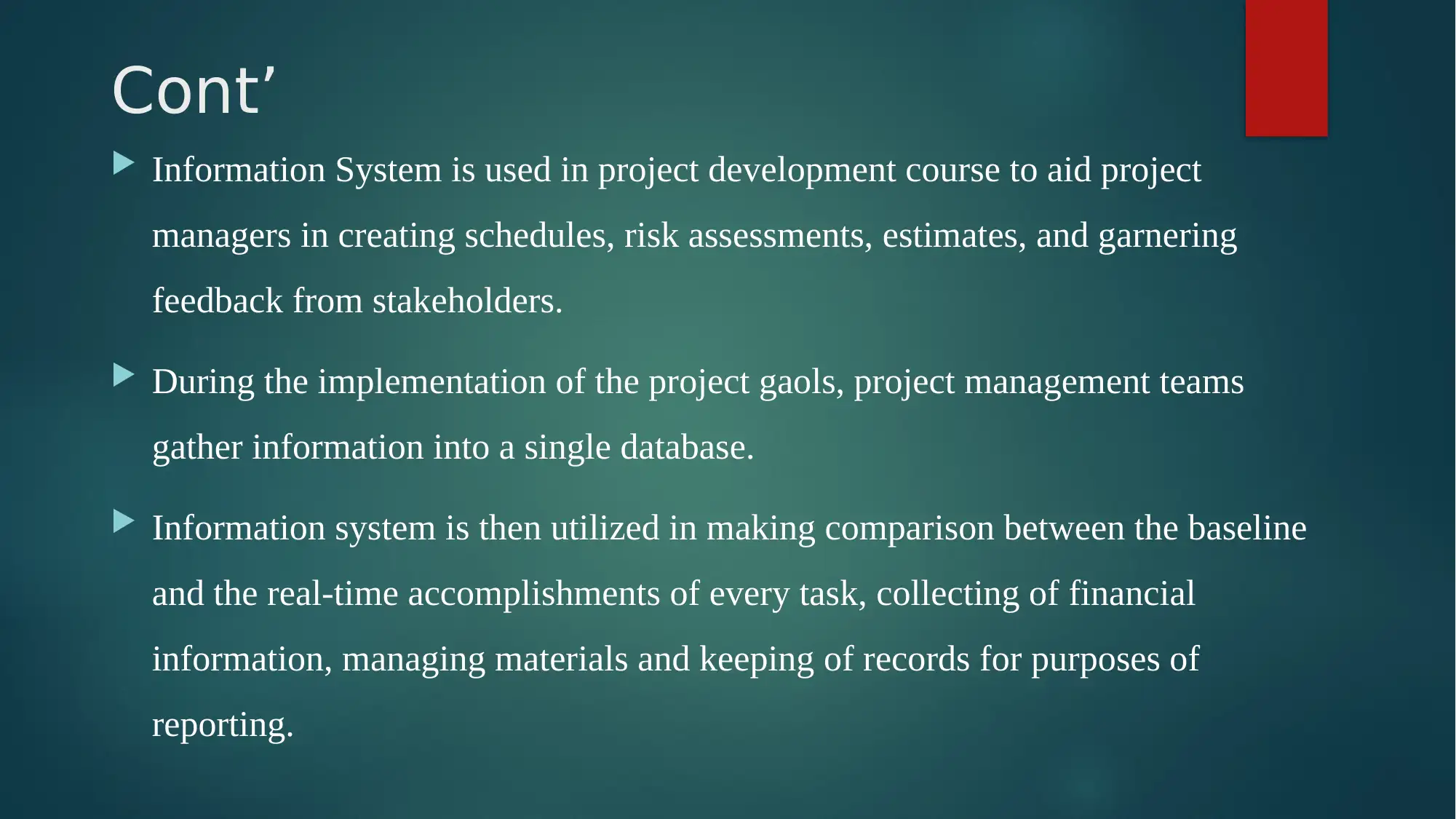
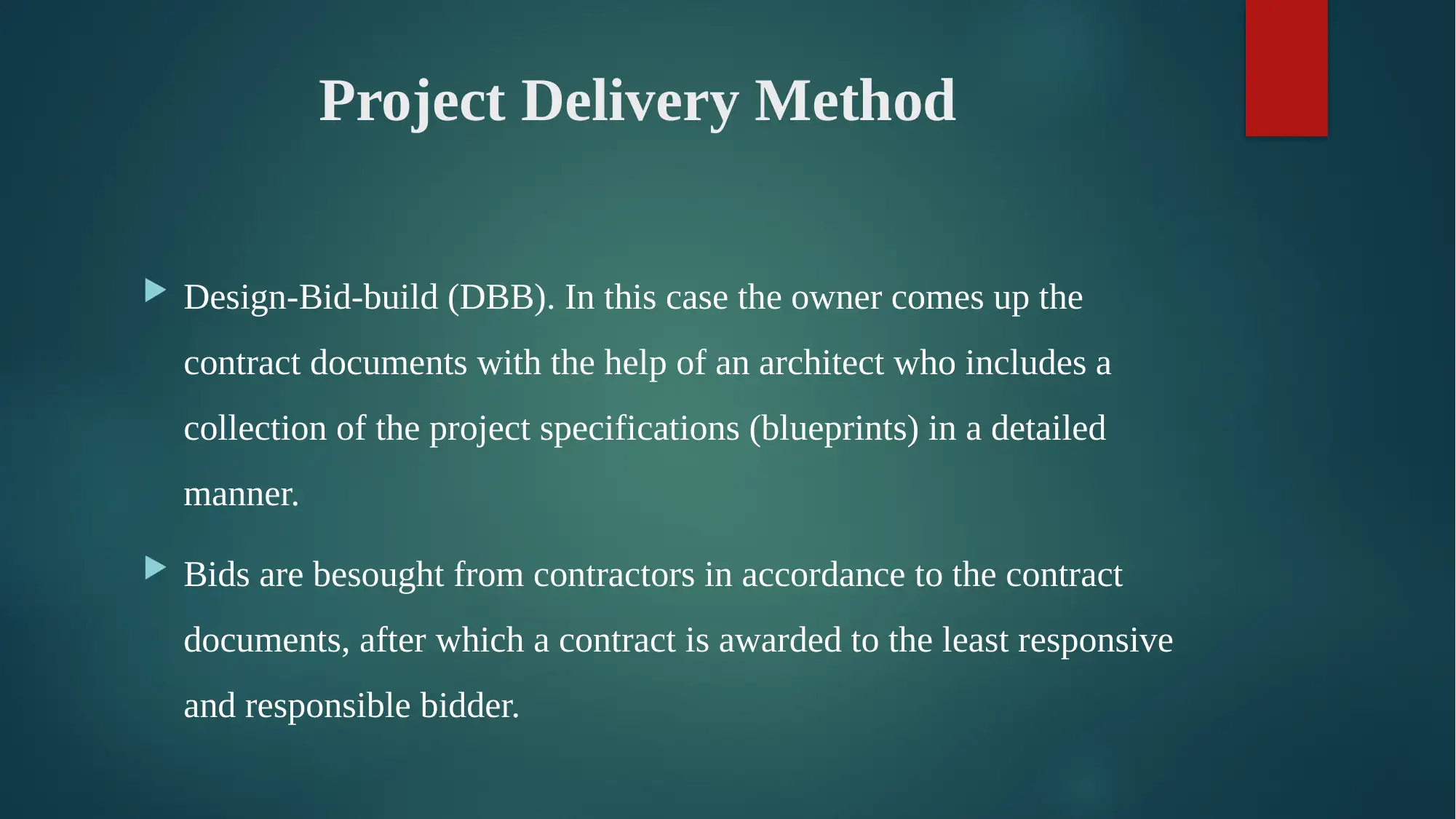
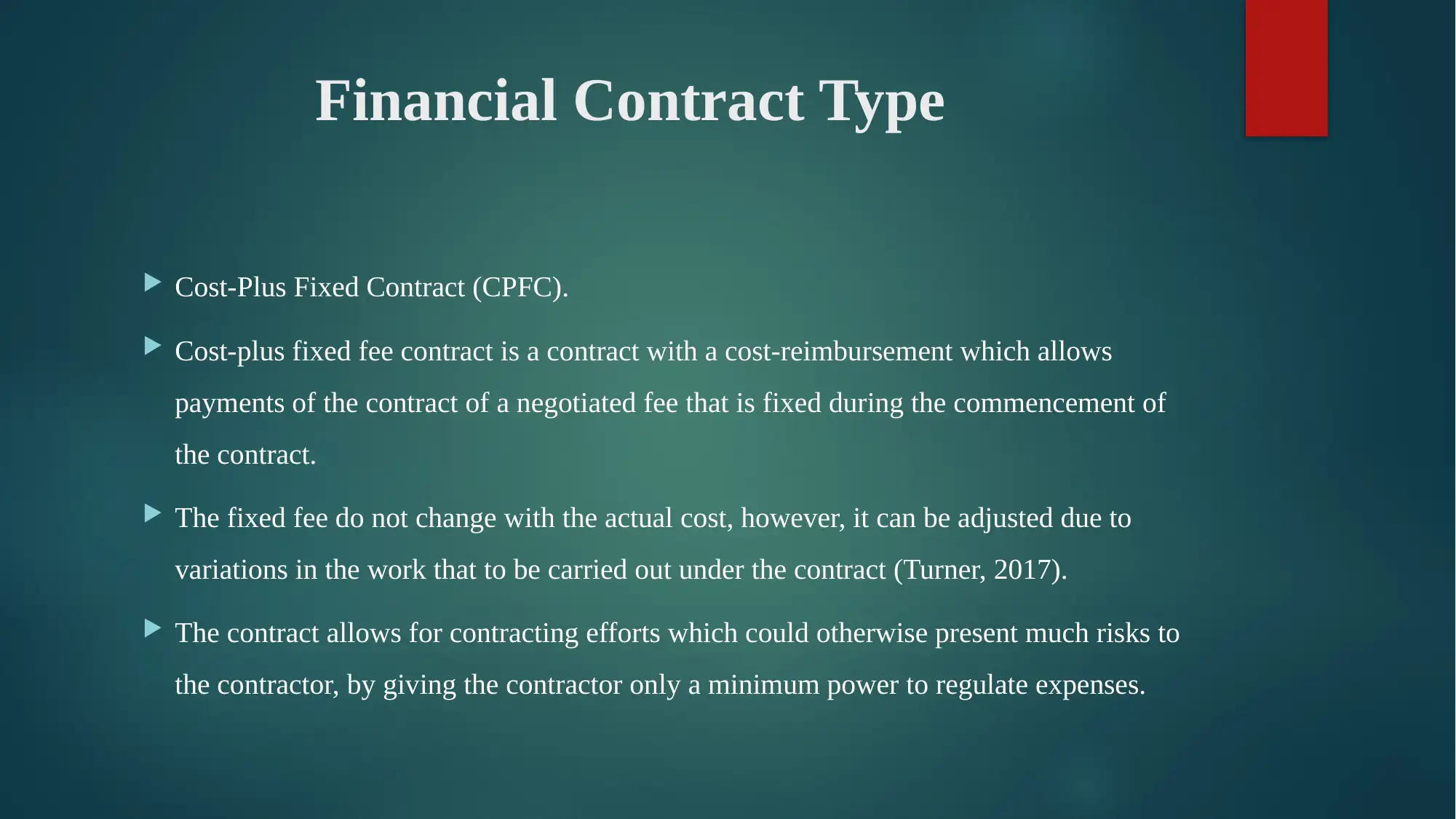
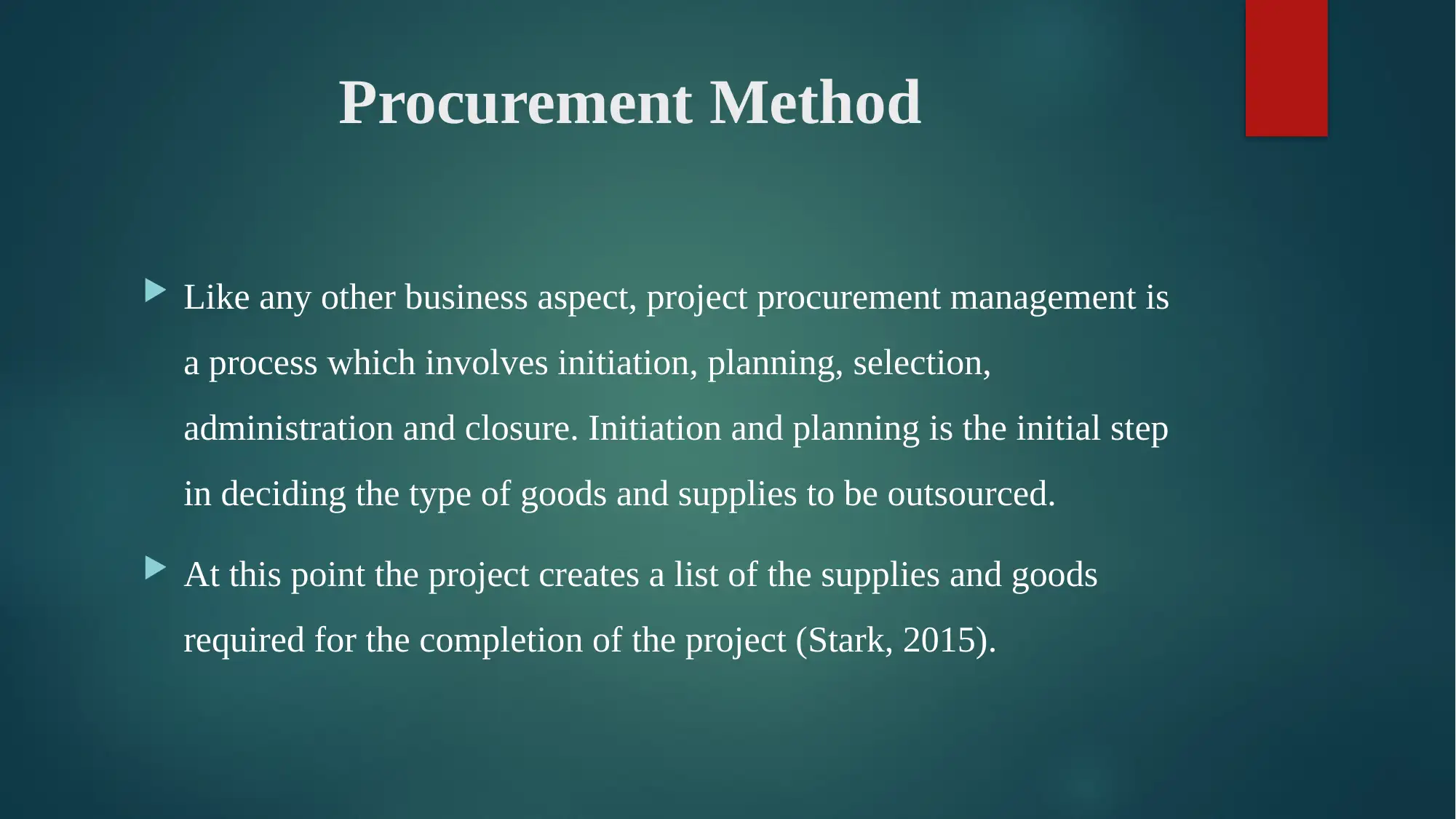
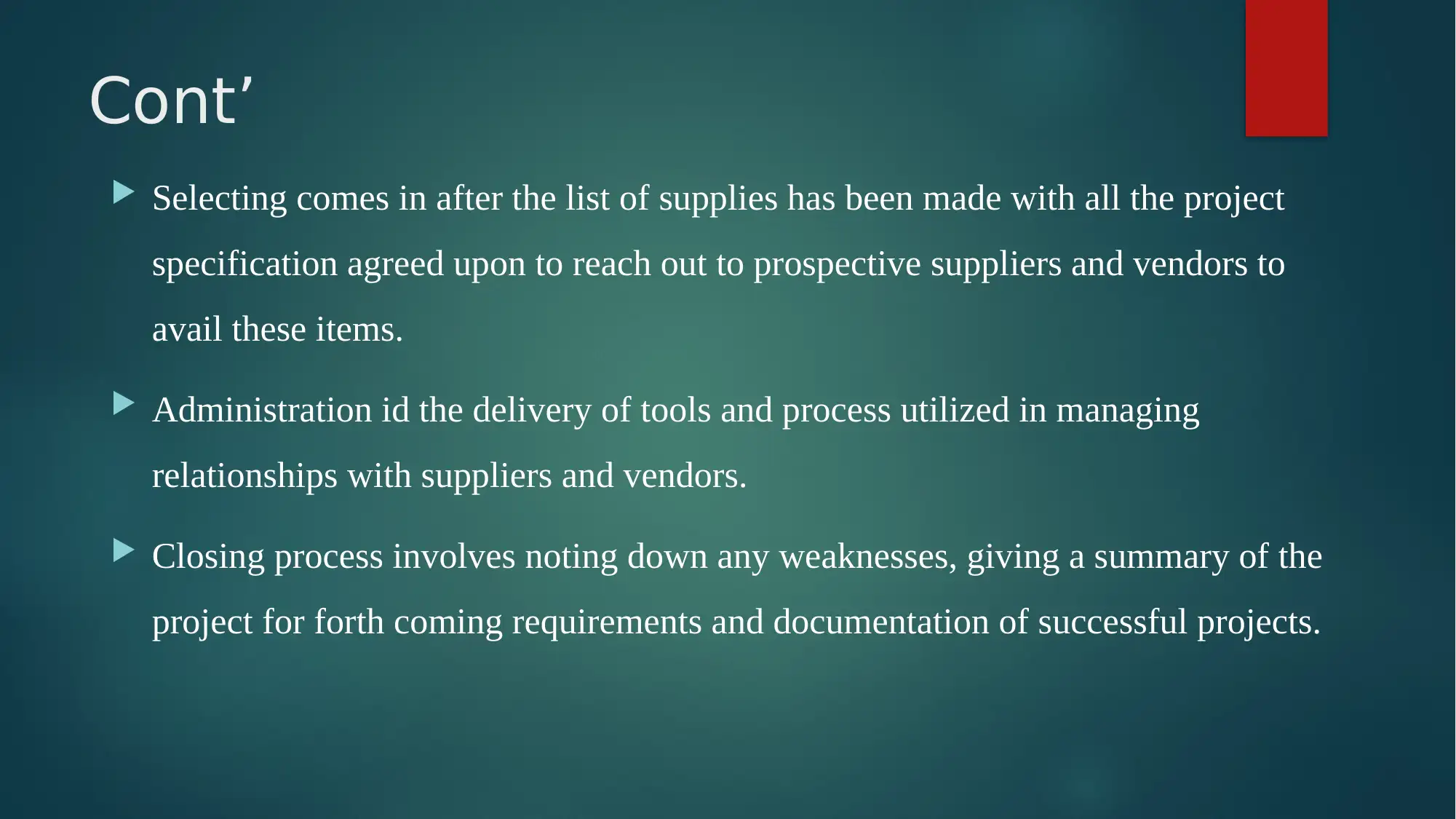
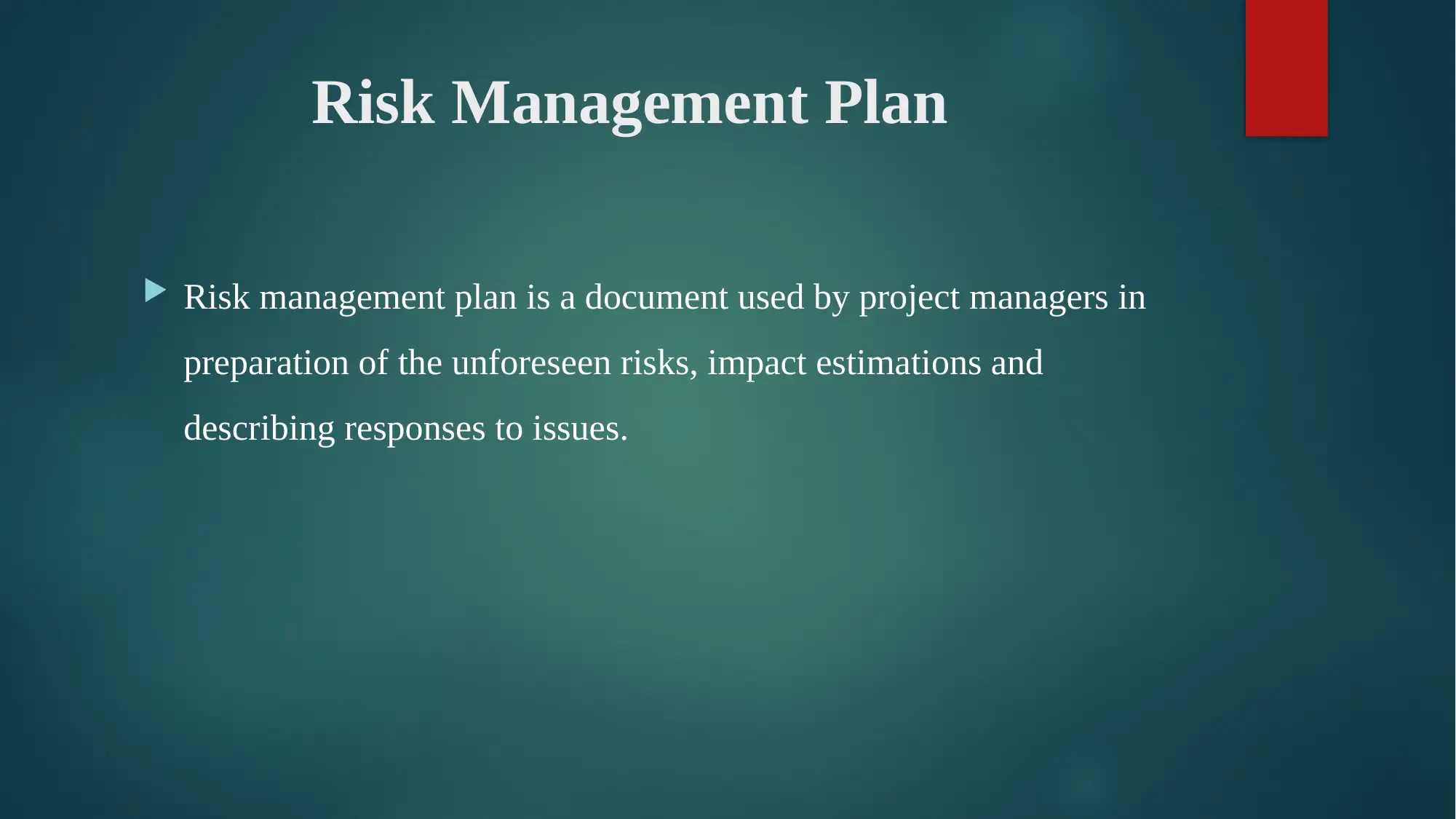
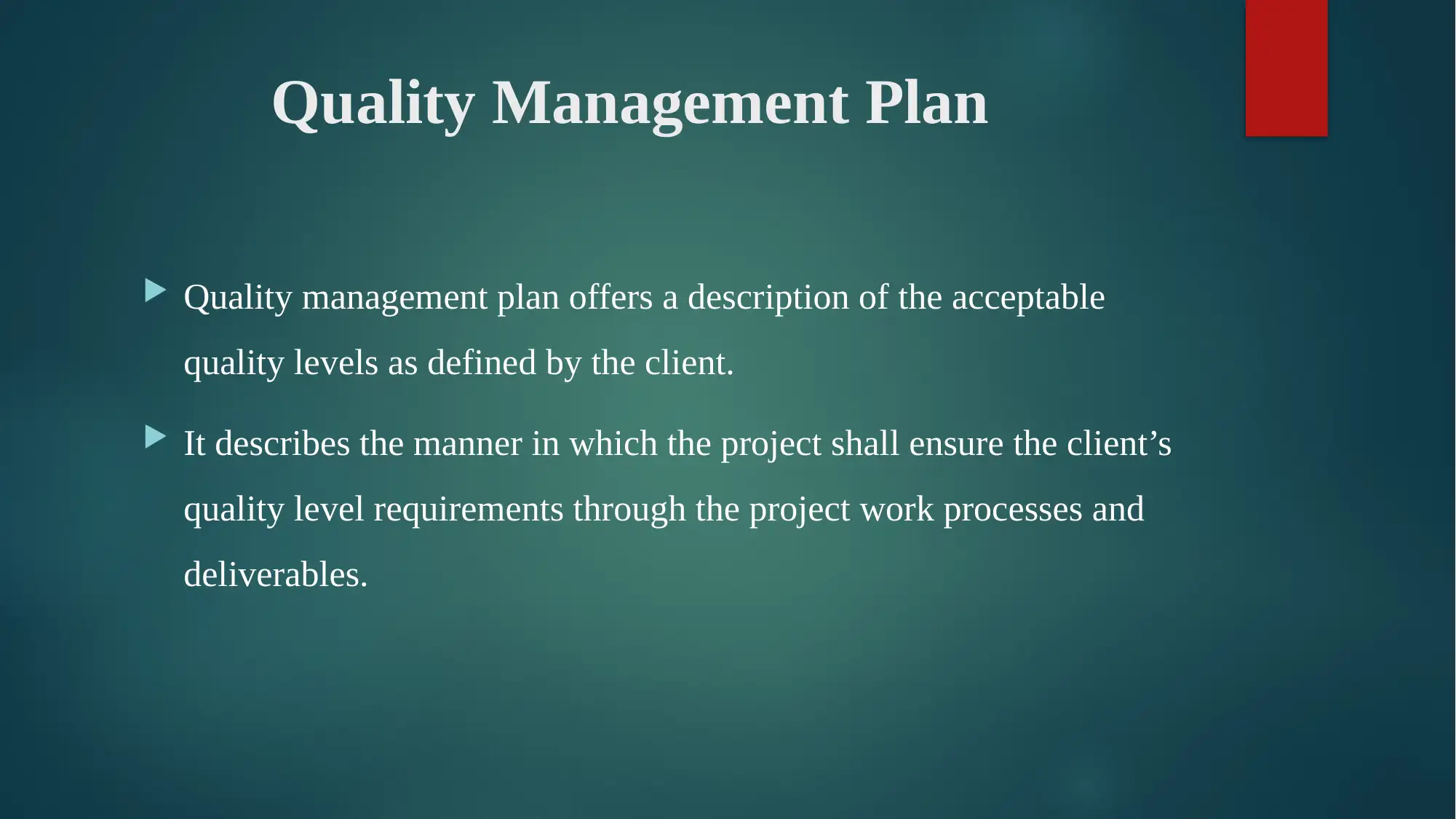
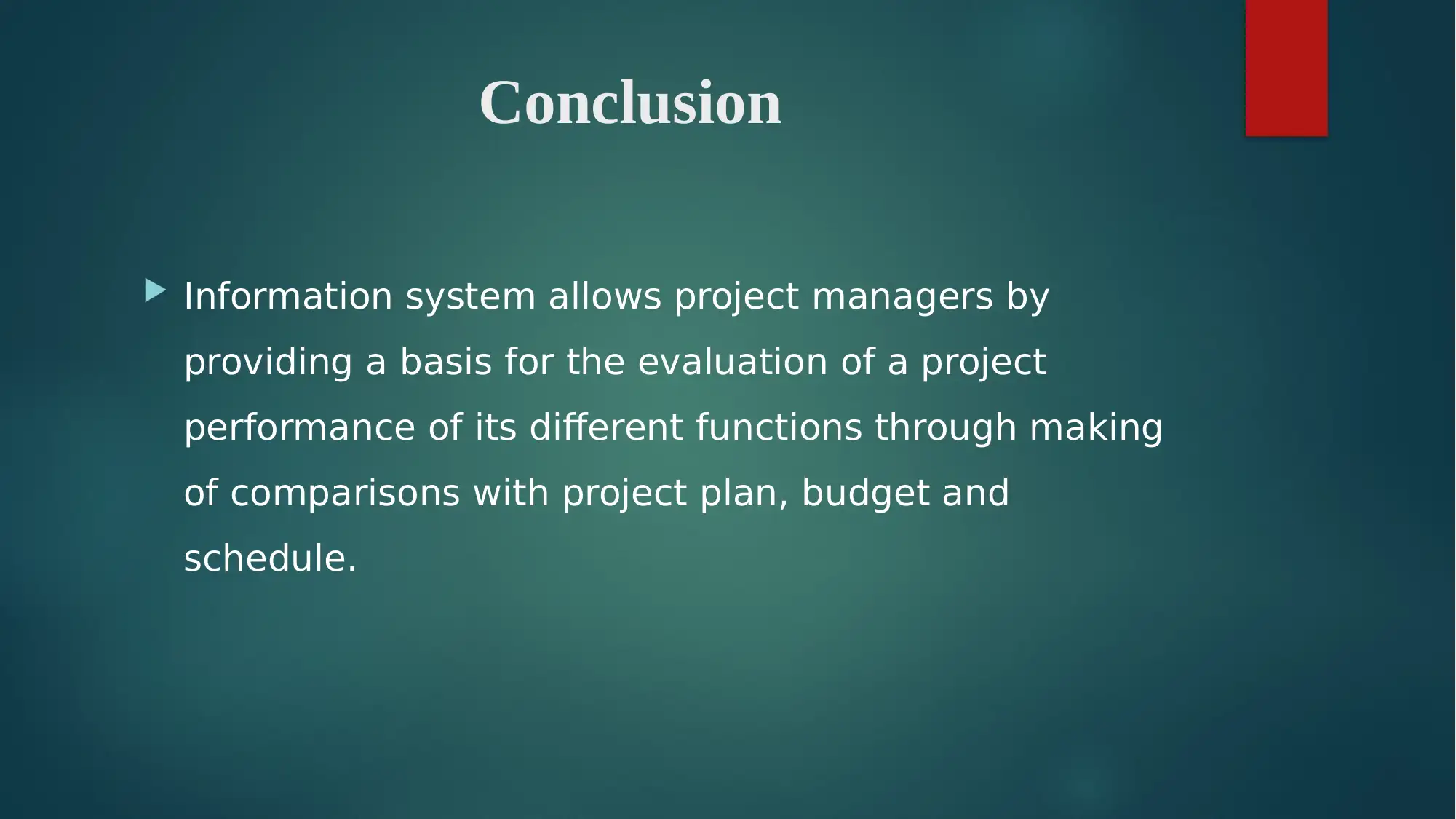
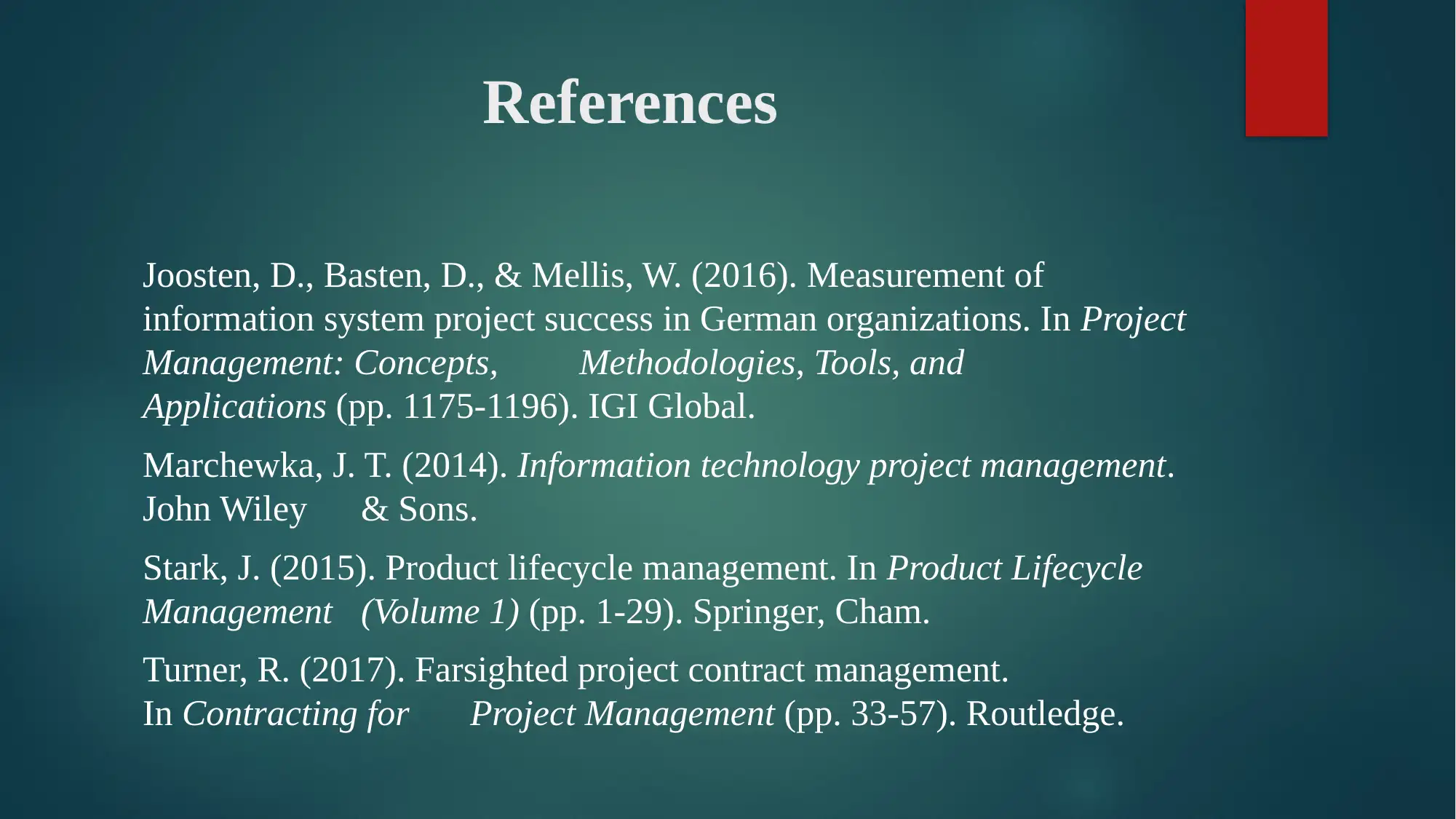






![[object Object]](/_next/static/media/star-bottom.7253800d.svg)